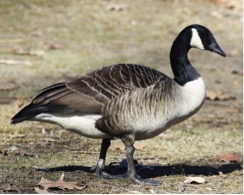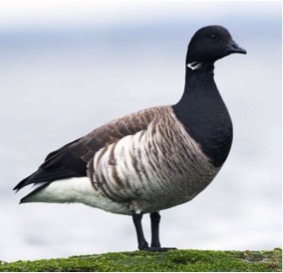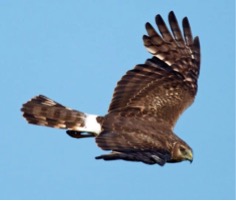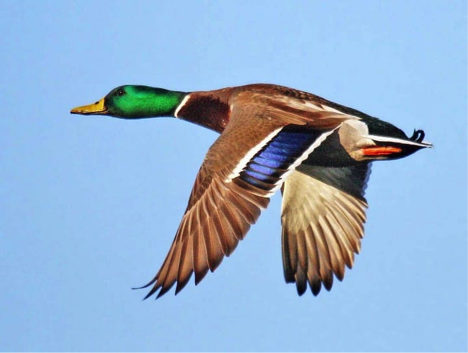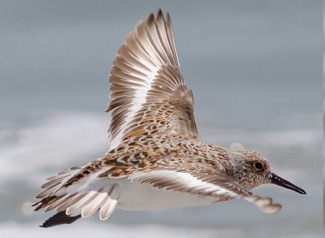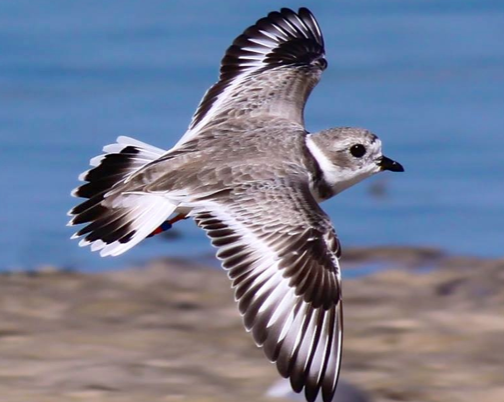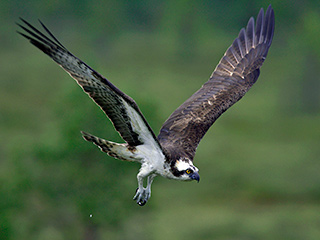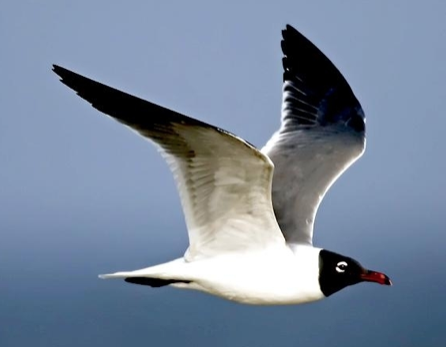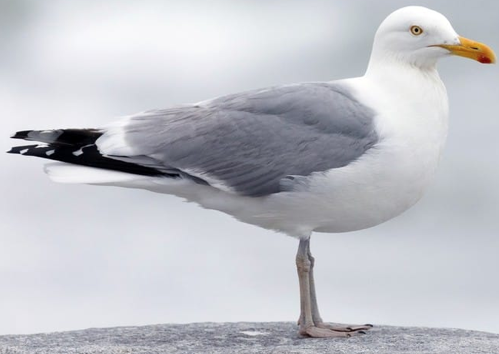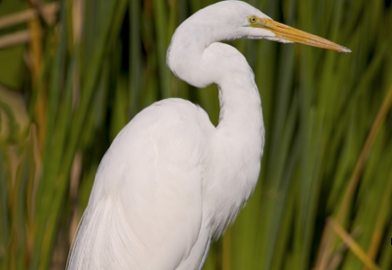Canadian Goose (Branta canadensis)
Appearance: black head with white cheeks, black beak, black s-shaped neck that straightens in flight, dark brown fish-scale pattern on back, sides vary from brown to brown-striped white, brown to white belly and breast, black rump and tail with white “u” marking, dark webbed feet No significant differences between males and females Canadian geese are…

